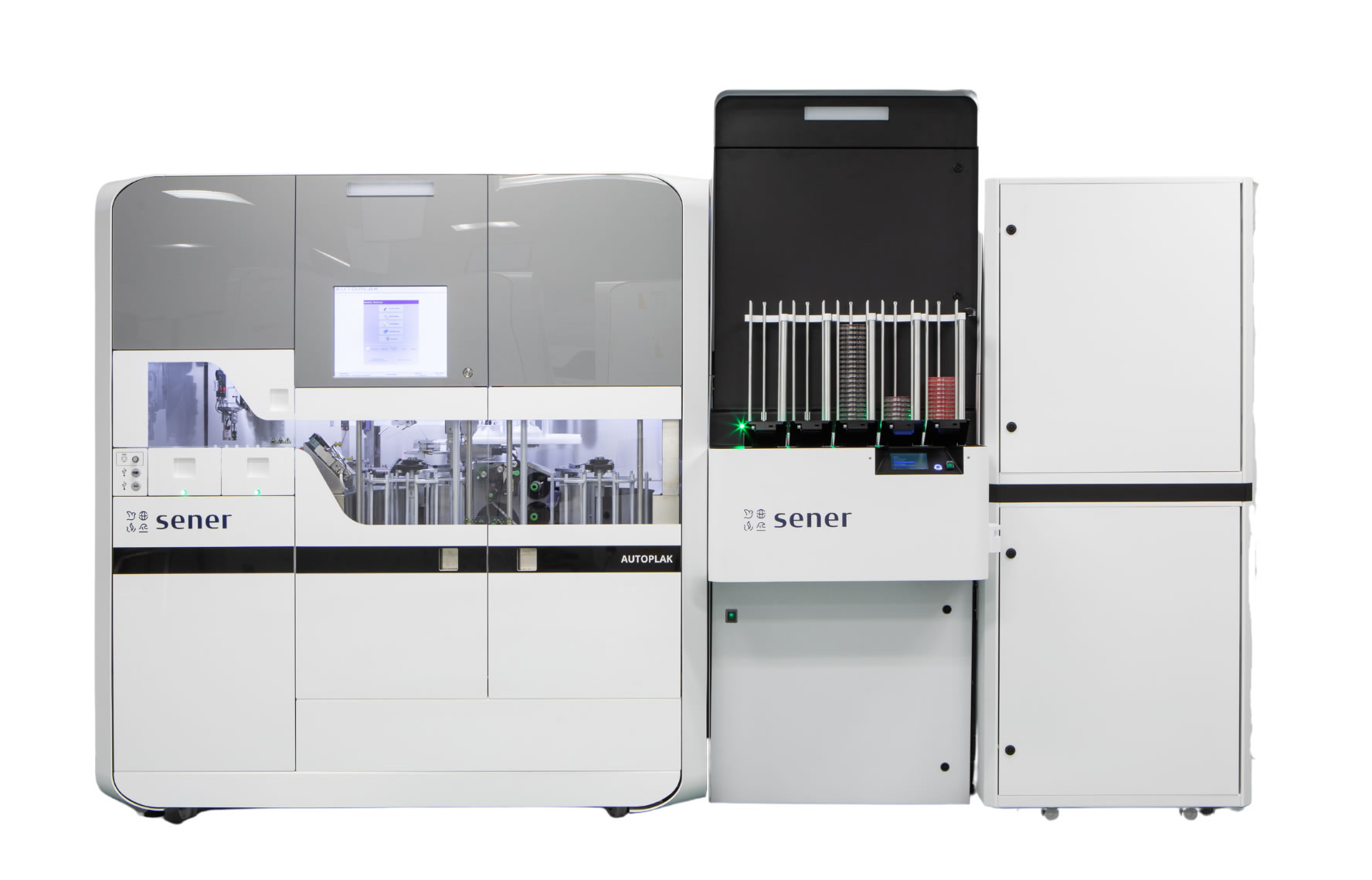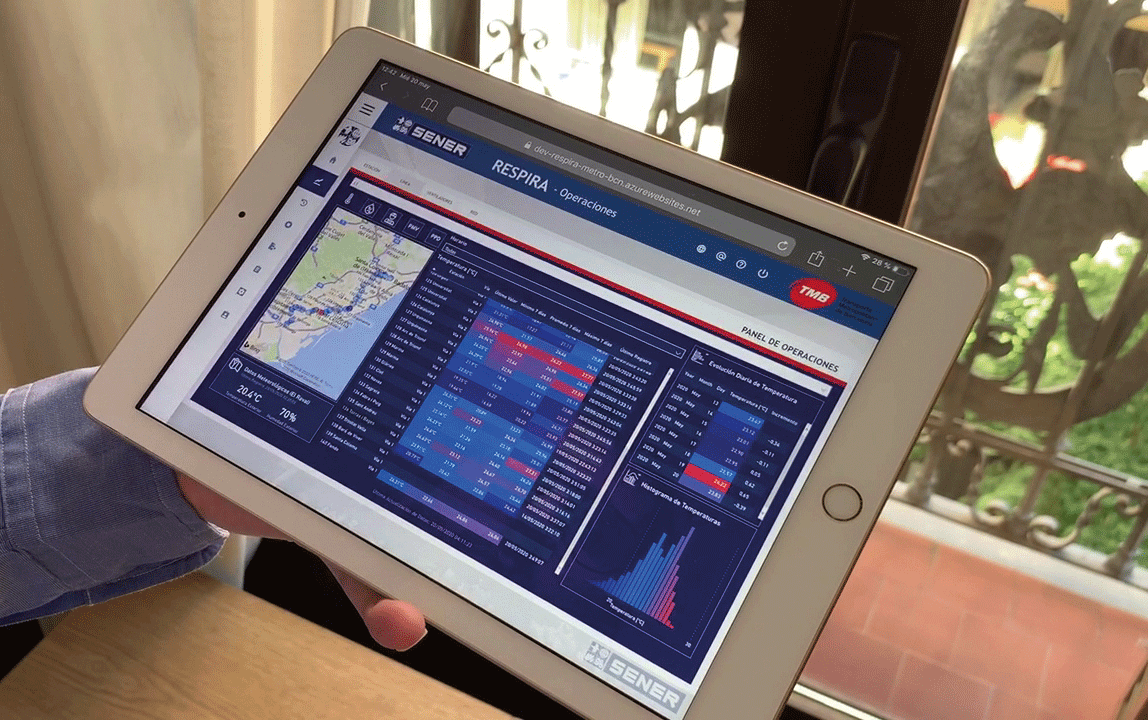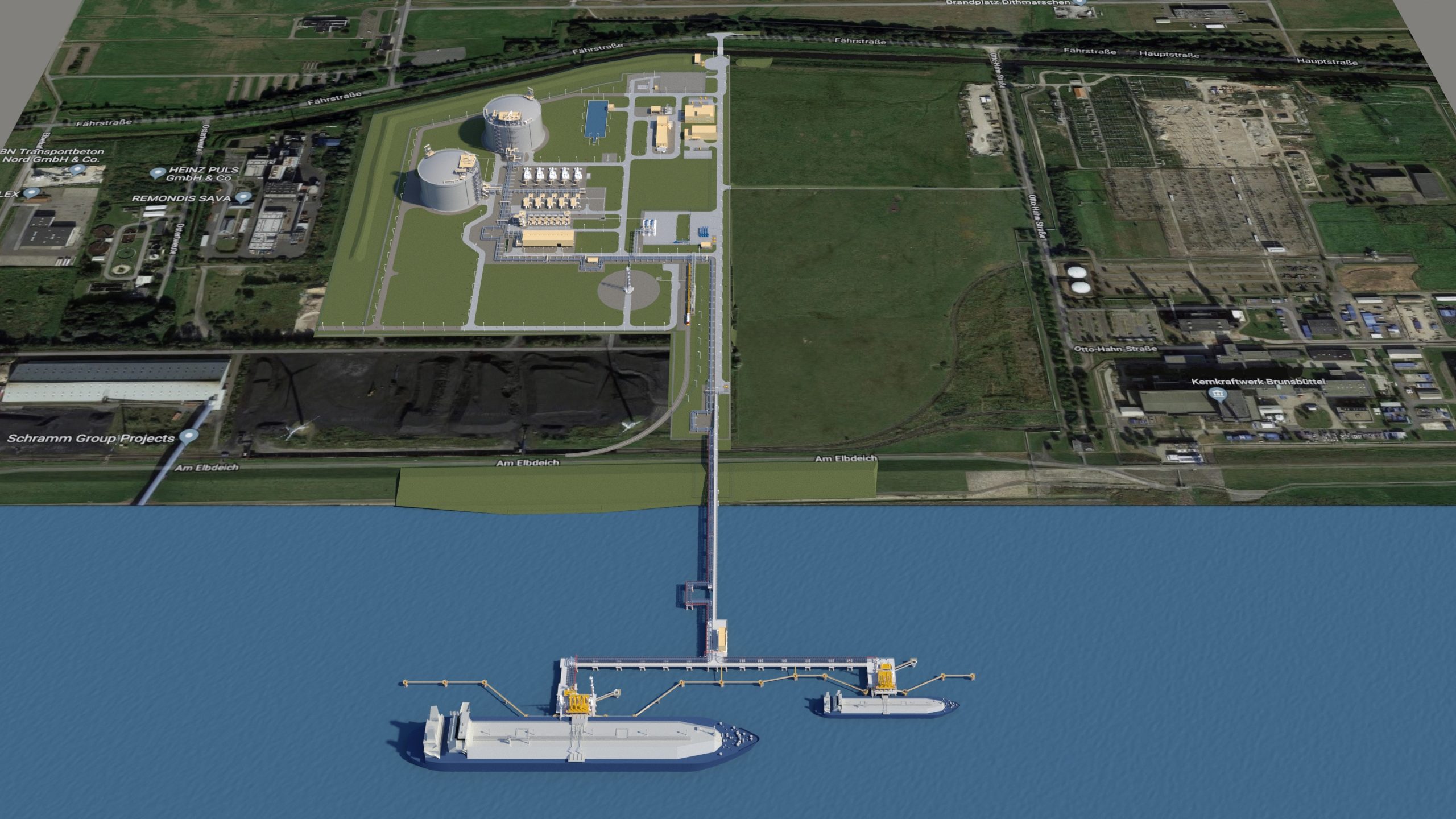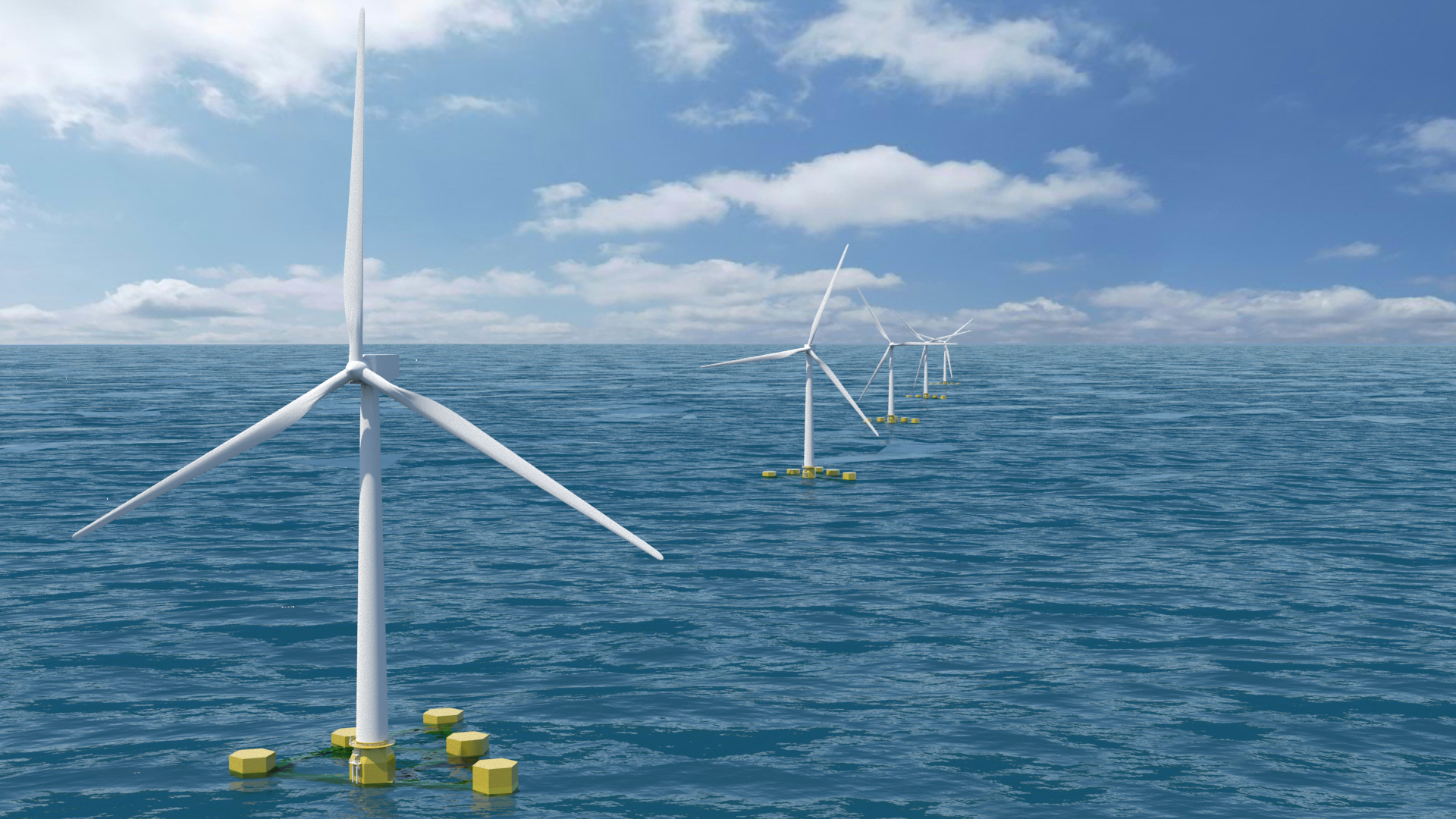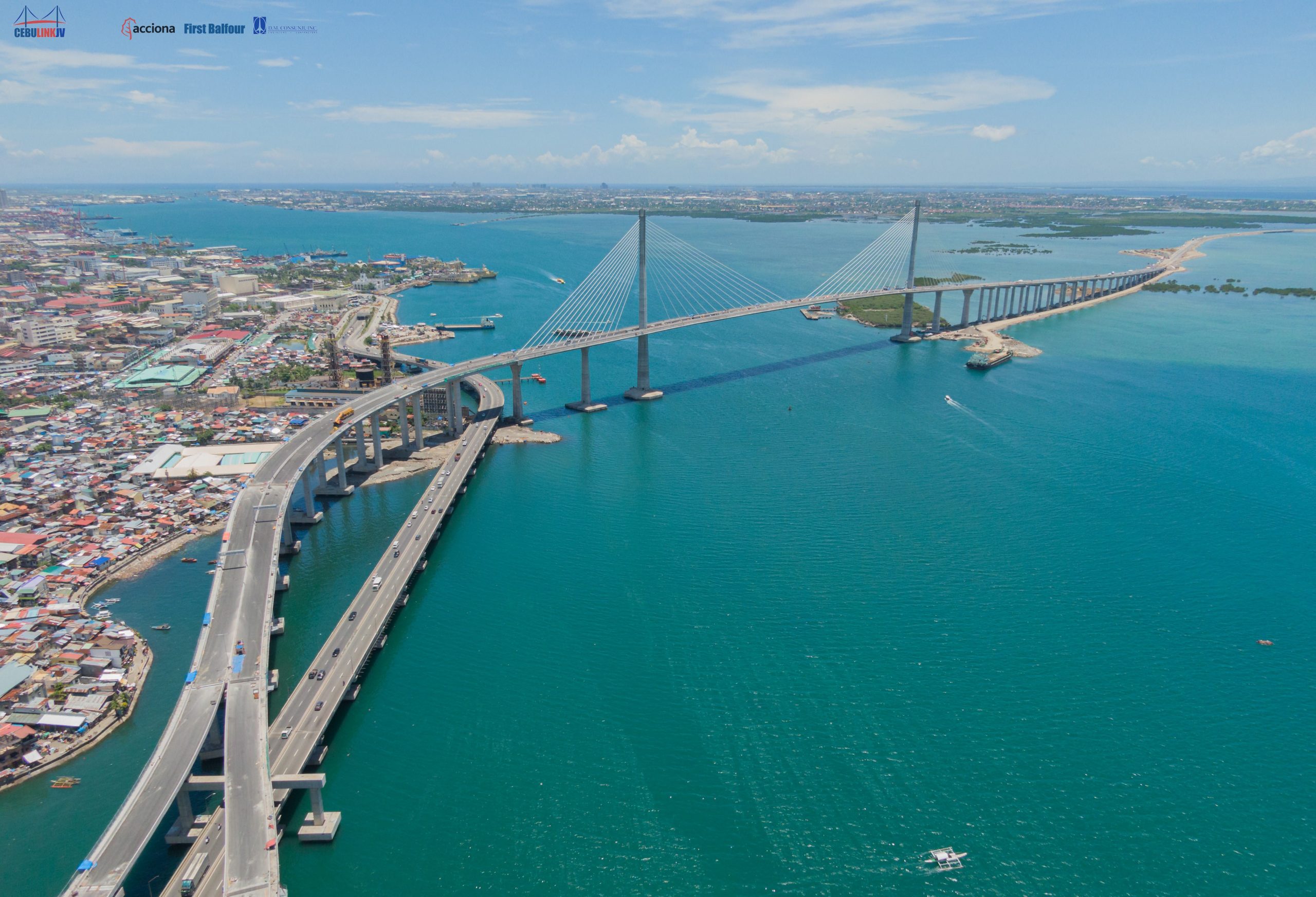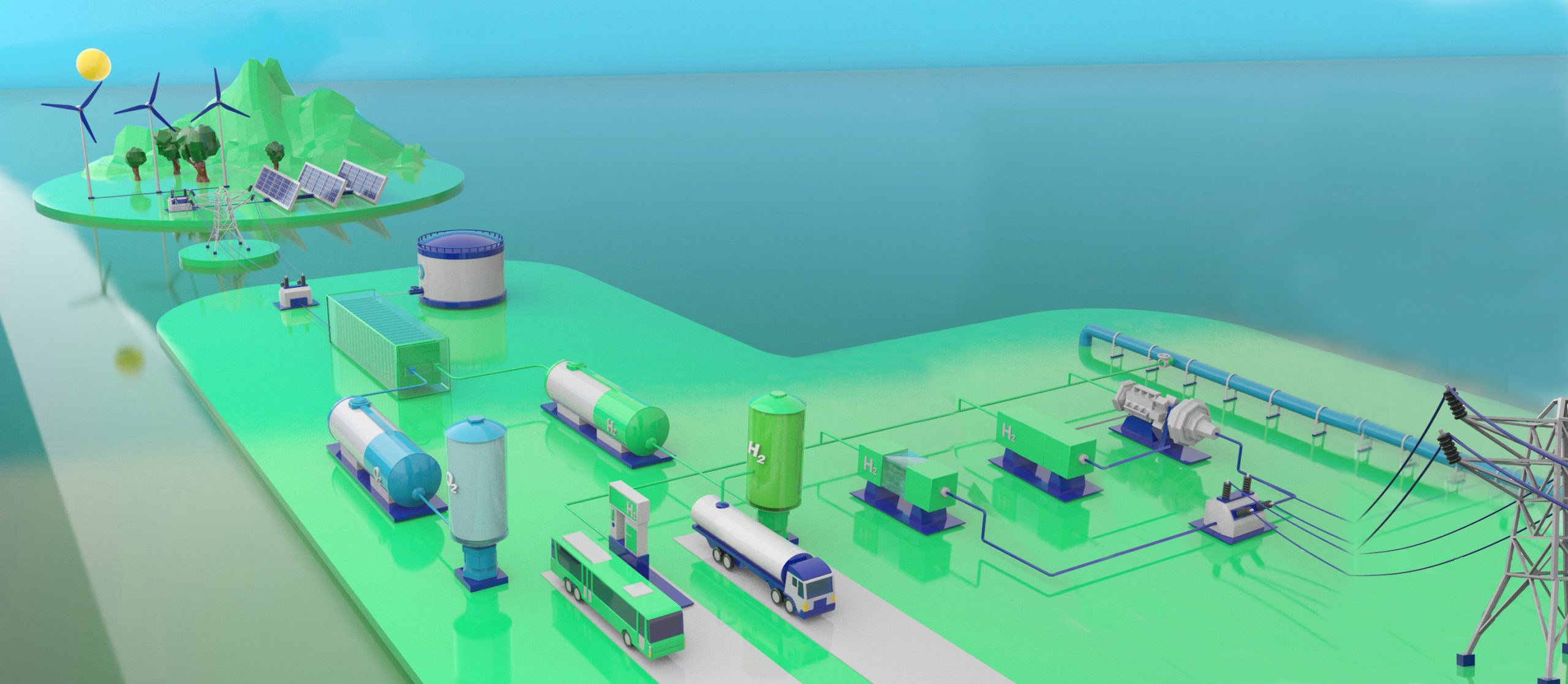Spain needs €198.435 million (M€) of investment in infrastructures for water, energy, environment and public facilities essential to guarantee compliance with Directives and regulations on the complete water cycle and waste treatment and to guarantee compliance with national and European objectives in reducing greenhouse gas emissions and energy neutrality, according to data included in the report “Analysis of Priority Investment in Infrastructure in Spain” prepared by Sener, at the request of SEOPAN, the Association of Construction and Concession Companies of Infrastructures. This investment is broken down into €72.134 million in planned actions, €56.656 million in modernization and adaptation of existing infrastructures and €69.645 million in examples of innovative projects.
The planned investments in water and energy infrastructure represent €72,134 million, contained in the third cycle hydrological plans 2022-2027 and the PNIEC 2023-2030. In hydraulic infrastructures, €11,016 million stands out in sanitation and purification, essential to protect public health and the environment, €8,748 million in supply and irrigation measures, to mitigate the unequal distribution of water resources, €3,724 million in the management of water resources to mitigate drought, €1,649 million in conservation and maintenance, €4,871 million in actions related to irrigation and plans for agriculture and €3,054 million in actions for the prevention and mitigation of the risk of flooding in Spain, the fourth European country, according to Eurostat, with the greatest economic losses due to extreme weather phenomena and climatic events, which represented €27.13/inhabitant in 2020. Another €4,876 million would be added in actions related to the management and restoration of the public hydraulic domain. In addition to the above hydraulic measures included in the report, which in relation to adaptation to climate change in the Spanish Mediterranean Basins represent €2,432 million, we should add the investments scheduled in 2022-2027 of the Flood Risk Management Plan, of €3,312 million not included in the report, as well as €820 million of investment in the scope of the DANA of 29/10/2024 in the re-study and execution of 5 rolling structures and environmental adaptation projects as they constitute the most effective alternative to roll off floods in extreme episodes of rainfall in flood zones with a high rate of population and urbanization.
Regarding the planned investments of the National Integrated Energy and Climate Plan (PNIEC) 2023-2030, the execution of adaptation measures, capacity and network interconnection, and energy efficiency and hydroelectric storage measures, requires €34,196 million of investment. They are broken down into €7,646 million for adapting transmission networks to integrate renewable energy, €4,200 million to increase hydroelectric storage capacity to 3.5 GW by 2030, €4,187 million to improve energy efficiency in existing buildings in the residential sector and investments to improve energy efficiency in ports (€306 million), buildings in the tertiary sector (€2,376 million) and in cold-generating equipment and large air-conditioning installations in the tertiary sector and public infrastructures (€3,947 million). Lastly, it identifies €1,000 million for improving efficiency in the public sector and €10,534 million for actions to increase electrical interconnection in the foreign market and meet the interconnection target of 15% by 2030 (32,100 MW).
Investments in modernisation and adaptation of the existing infrastructure stock, including hydraulic, environmental and public facilities, represent €56,656 million.
In the modernisation and adaptation of infrastructures for the complete water cycle, 44,518 million euros of investment have been identified, highlighting 15,643 million euros in the conversion of unitary sewerage networks to separate ones, 15,000 million euros in adapting the national stock of treatment plants to the requirements of the new Urban Wastewater Treatment Directive, 10,849 million euros for the replacement of water supply networks that are more than 40 years old, 1,539 million euros to promote and achieve energy neutrality in the national stock of desalination plants and treatment plants in operation, which would imply an annual saving in energy consumption of more than 970 million euros, and 1,487 million euros to provide basic sewerage and sanitation services to more than 972,000 homes in Spain that lack them according to the 2020 Survey of Local Infrastructures and Equipment of the Ministry of Territorial Policy. In the modernisation and adaptation of environmental infrastructure, the report identifies €2,733 million, broken down into €2,220 million of investment in waste treatment and recovery plants to meet the EU’s 2030 objectives, €290 million of investment in treatment plants to boost the conversion of wastewater sludge into biogas with a reduction of 471,000 t of CO2, and €223 million of investment for the closure and conditioning of 223 hectares of landfills and to achieve the objective of the Spanish Circular Economy Strategy of reducing waste disposal by 10% in 2030.
The block of investments in modernisation and adaptation of infrastructure is completed by those relating to hospital capacity and energy neutrality in public facilities. They amount to €9,405 million, broken down into €7,831 million for 15,355 new hospital beds to reduce waiting lists in hospitals of the National Health System to zero, and €1,277 million and €297 million of investment to achieve energy neutrality in hospital and university equipment, respectively, with renewable photovoltaic self-consumption and an estimated aggregate saving of annual public expenditure on electricity consumption of €1,800 million, equivalent to the commissioning of 3,331 hospital beds/year and 350,000 scholarships/year. Finally, examples of innovative investments of €69.645 million are identified, related to the prevention of desertification and the promotion of high added value crops in Murcia and Malaga (€7.007 million), the generation of renewable photovoltaic energy on 5,000 hectares of usable surface area of the national highway network (€1.638 million), the promotion and development of floating photovoltaic energy, wave energy and green hydrogen (€21 billion), the creation of urban green infrastructure and the promotion and deployment of district heating/cooling networks with a minimum investment range of €40 billion by 2050 to obtain, with renewable energy, 25% coverage of the national demand for air conditioning in the residential and tertiary sectors.
 About us
About us About us / section
About us / section Markets
Markets Markets / section
Markets / section Projects
Projects Careers
Careers Careers / section
Careers / section



